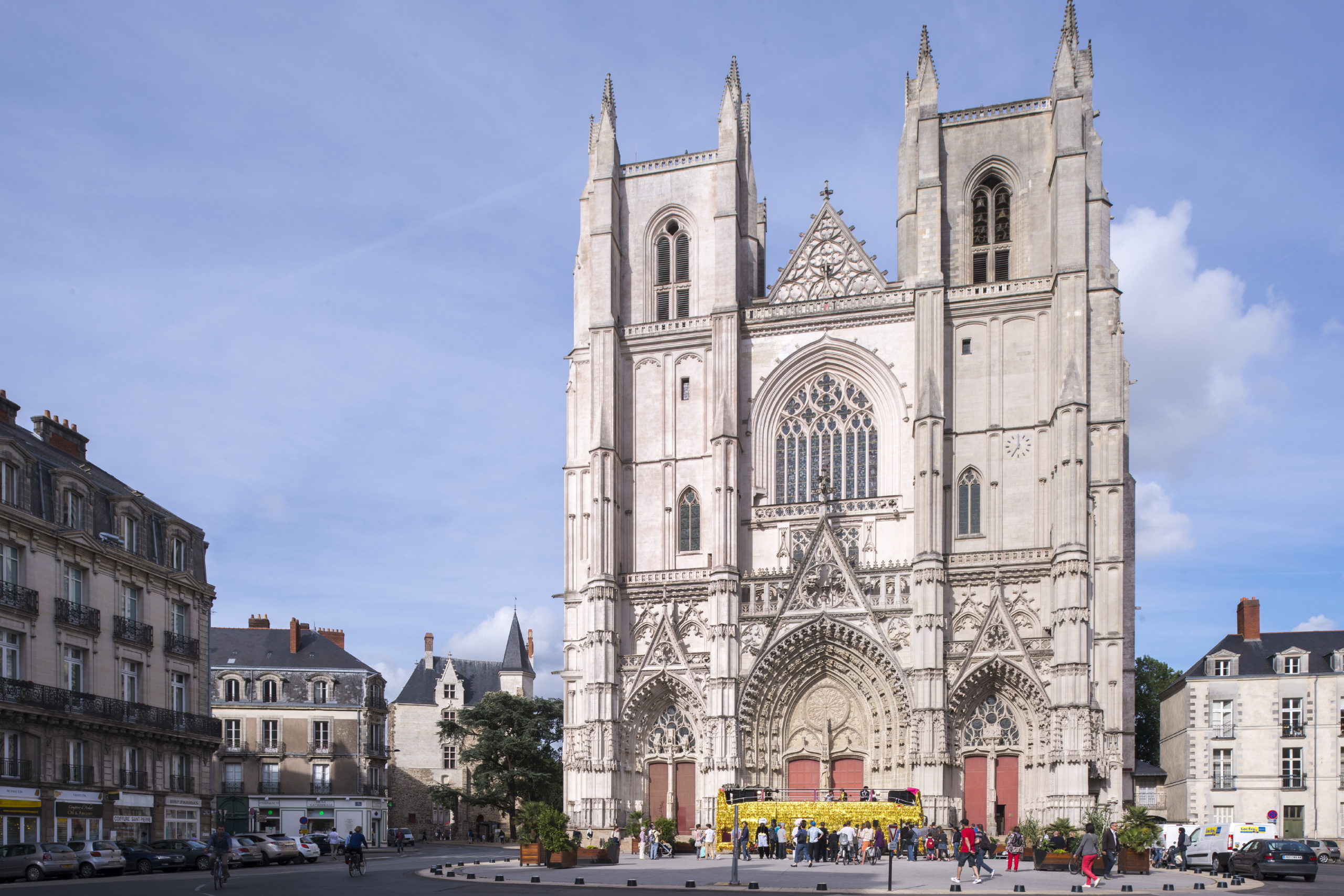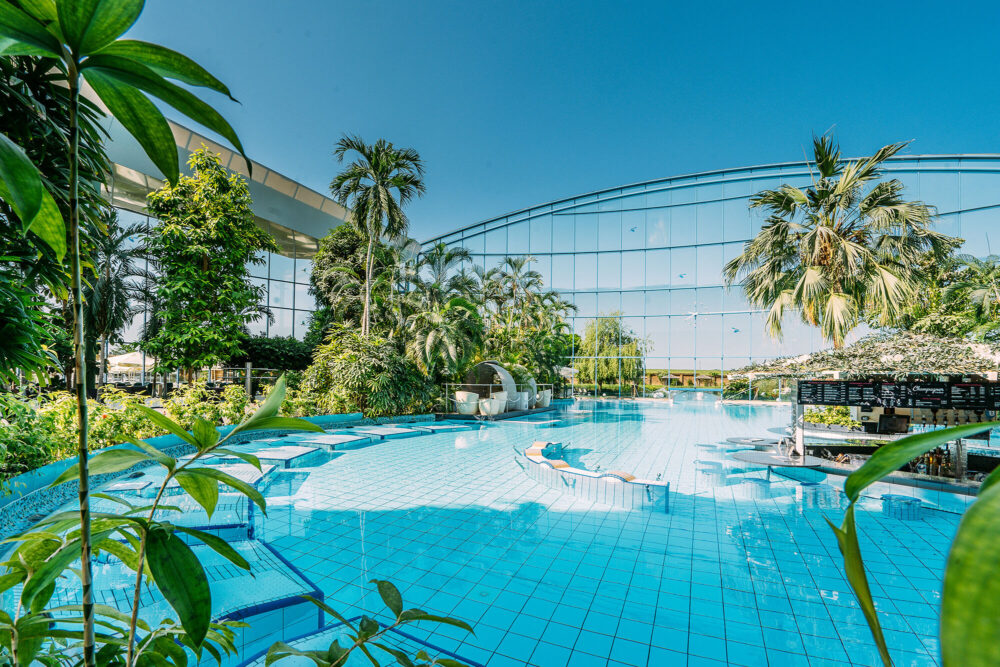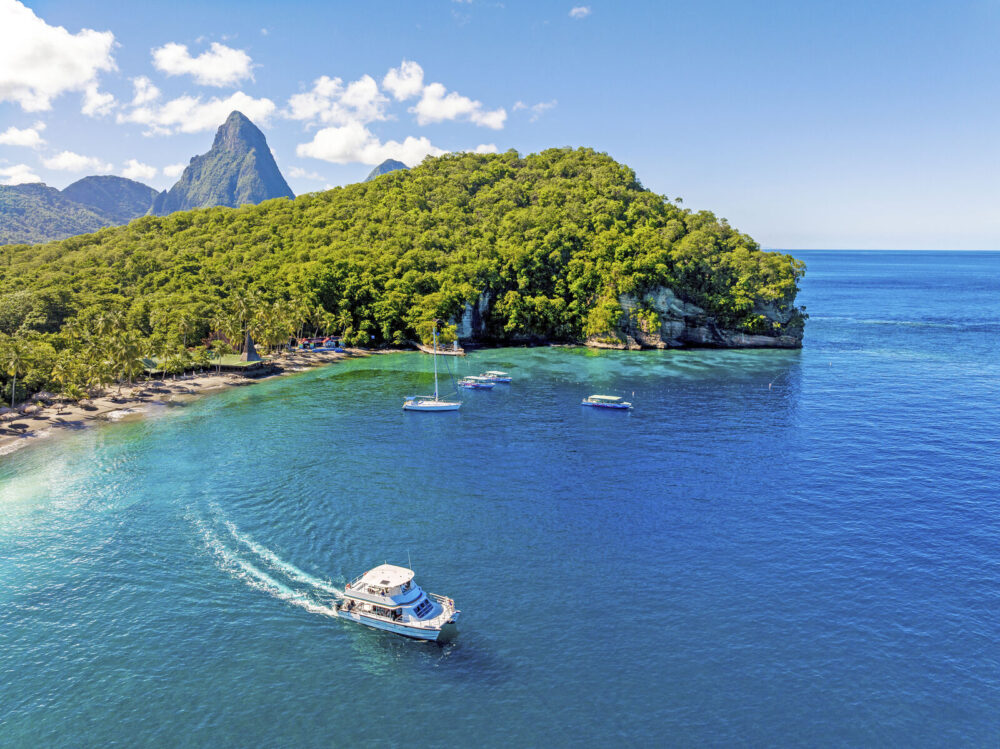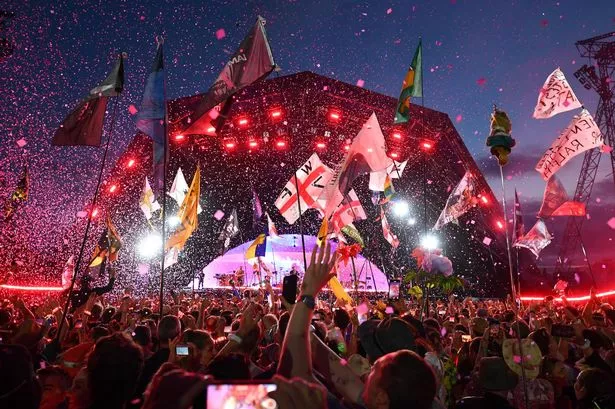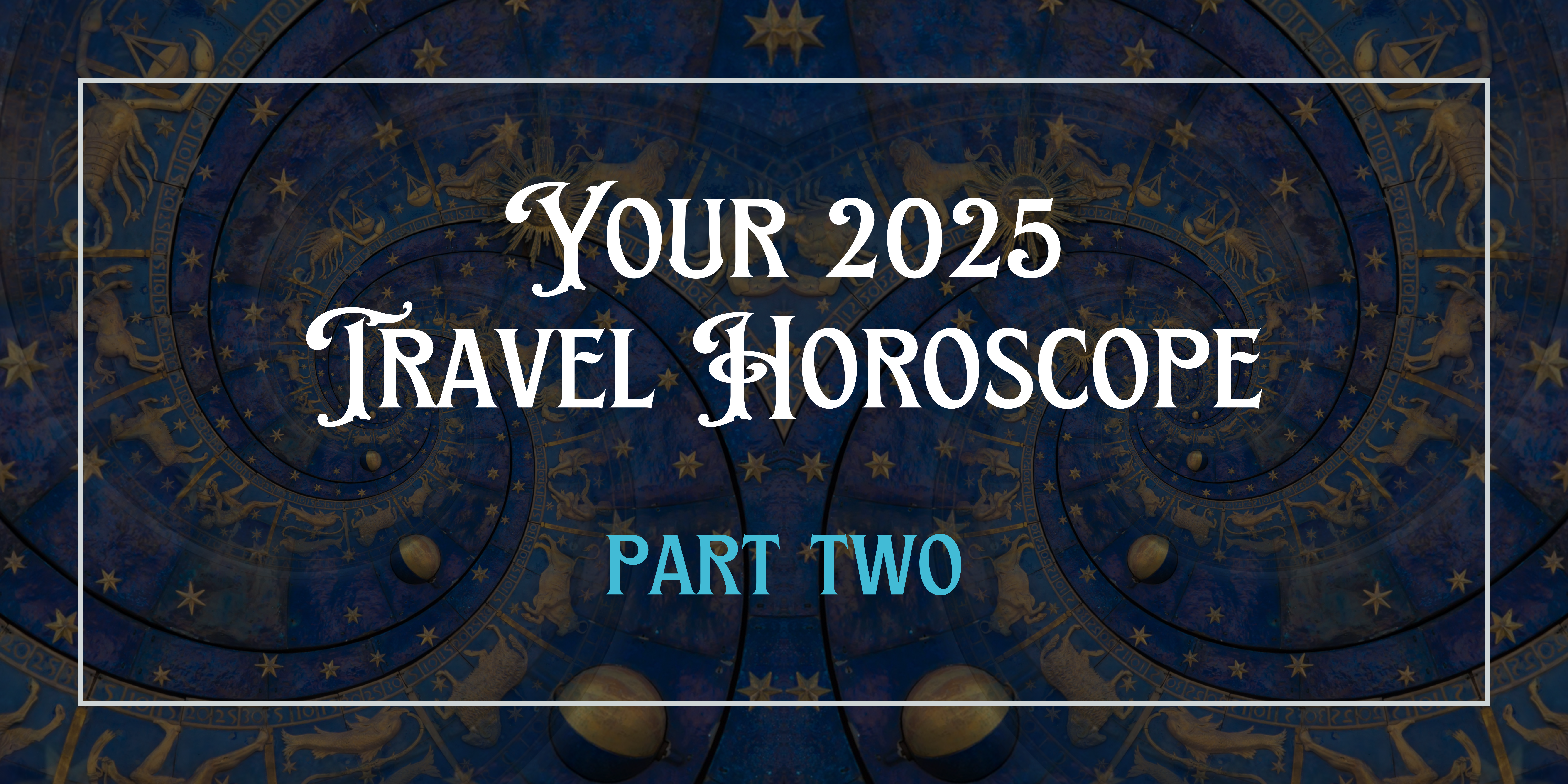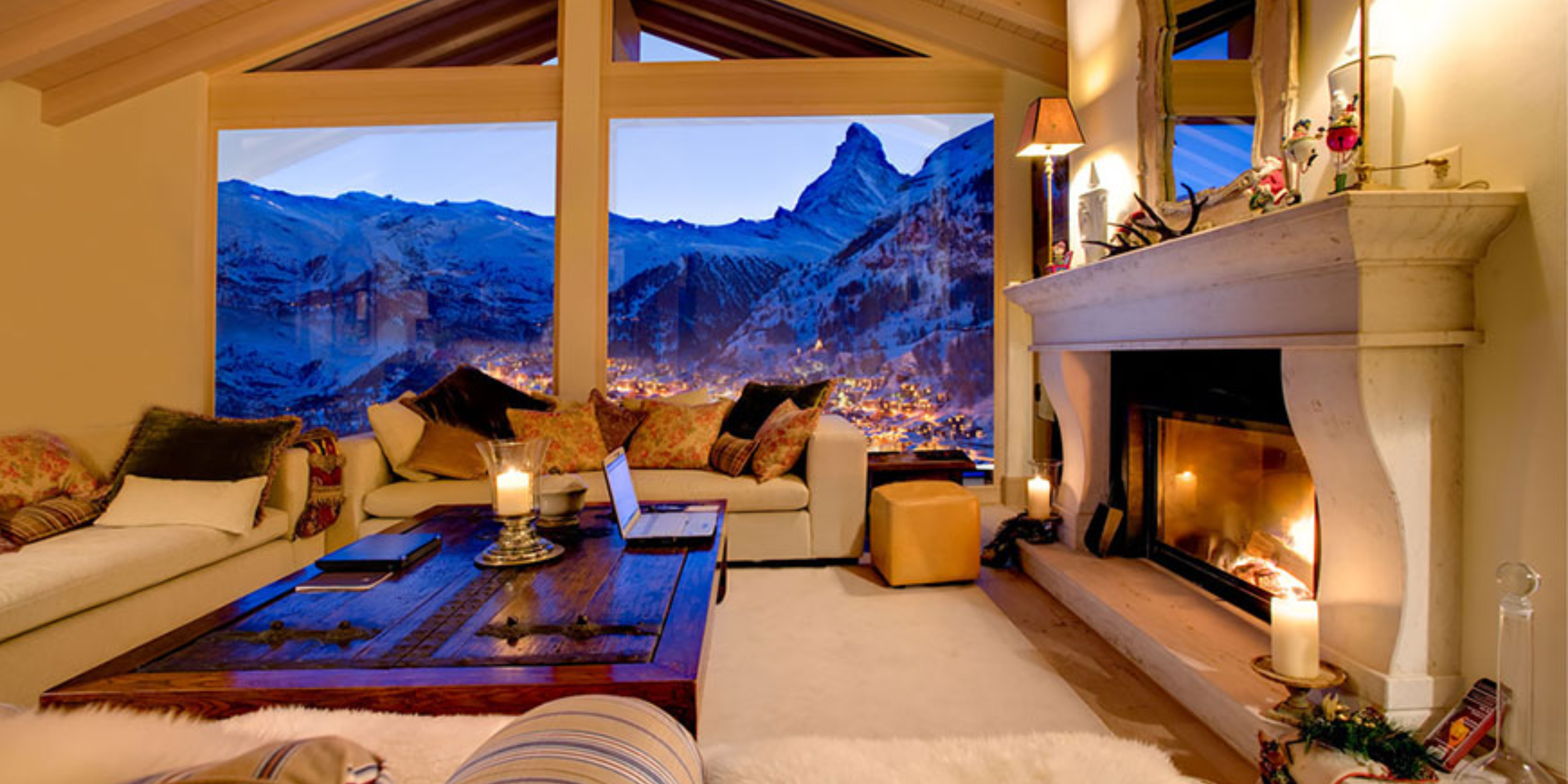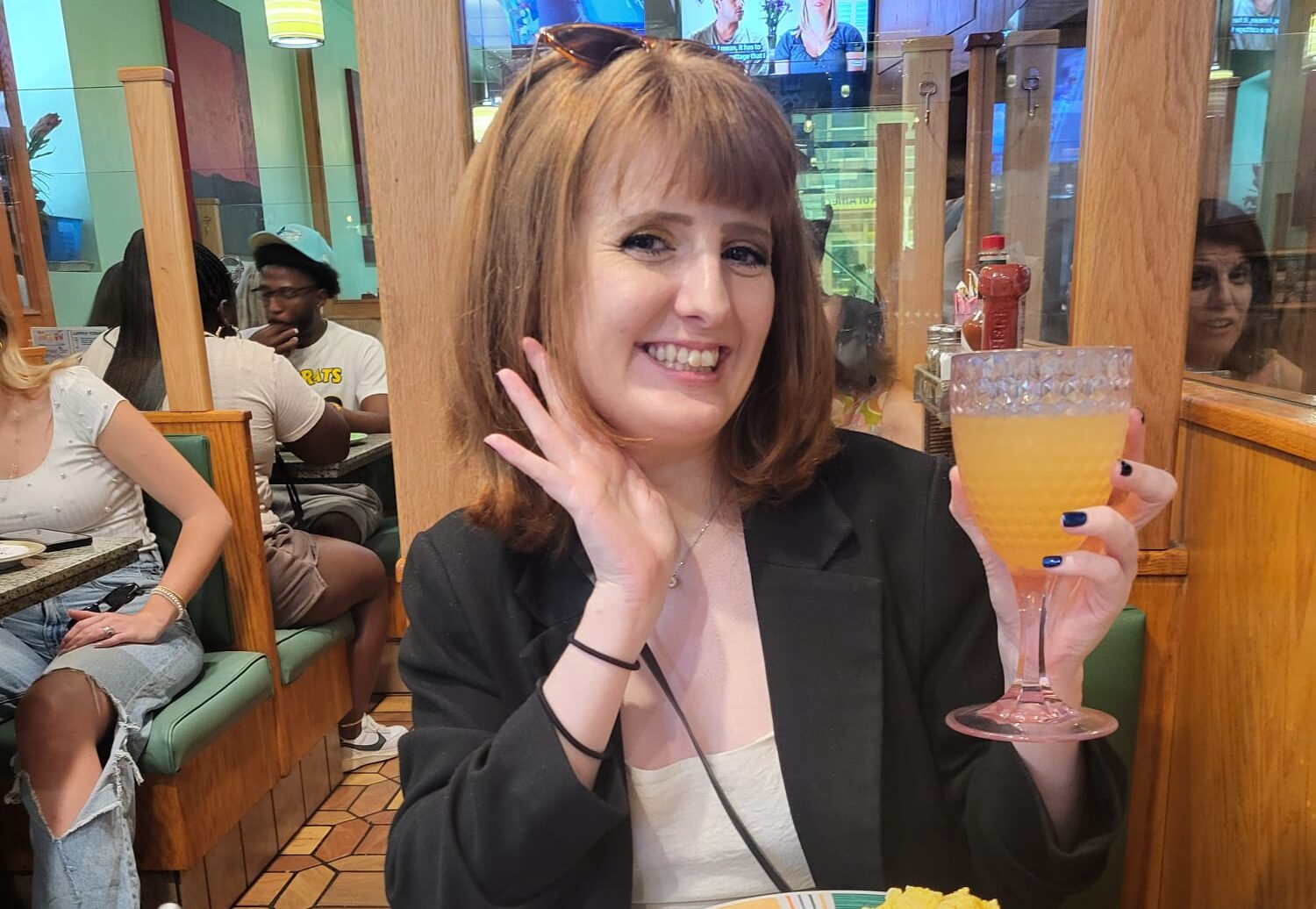John Low was impressed by the city at the mouth of the Loire
London, Paris, Prague, Rome.. all are among the most popular, interest-packed city breaks, but another destination is rapidly gaining a justified reputation as an exhilarating centre for spending three or four days: Nantes in Brittany. Both Ryanair and Aer Lingus fly there from Dublin and the journey takes little over an hour.
A city of around 300,000 people, Nantes sits near the mouth of the mighty Loire, France’s longest river, and is the centre of the region which produces the acclaimed Muscadet wine.
It was formerly known as ‘the Venice of the West’ because it was criss-crossed by canals and inlets of the Loire, but for health reasons the waterways running through the city were drained in the 1920’s, their legacy still visible here and there with grass banks and wide boulevards.
Nantes has all you would want and expect from a city break: a medieval heart; The Bouffay, with its maze of twisting alleyways; a good selection of restaurants and bars and boutiques and craft shops; the elegant squares and shopping areas of the more upmarket Graslin quarter, with the spectacular Passage Pommeraye renovated to its 1843 Belle Époque glory; and of course more historic attractions than you will have the time to see, unless you are staying for a week or more and using the city as a base for further travels in the region.
To ensure you visit as many sites as you wish, the tourist people have painted helpful green lines on the pavements which you can follow, or deviate from, at will.
Add some fine museums (the Jules Verne Museum celebrating one of Nantes’ most famous sons, is a must), art galleries, gardens, parks, and a superb cheap public transport system, based largely on frequent, Luas-type trams – the city is extremely pedestrian friendly – and you have more than enough to occupy you for a number of days.
Above all, the city tingles with an artistic energy which is infectious, and even though Nantes is very much a ‘fun’ place for the younger set – there are over 50,000 students from the university – you will find yourself engaged by the friendliness of the people and the ingenuity and sheer creativity of what’s been achieved in the last 10 years or so.
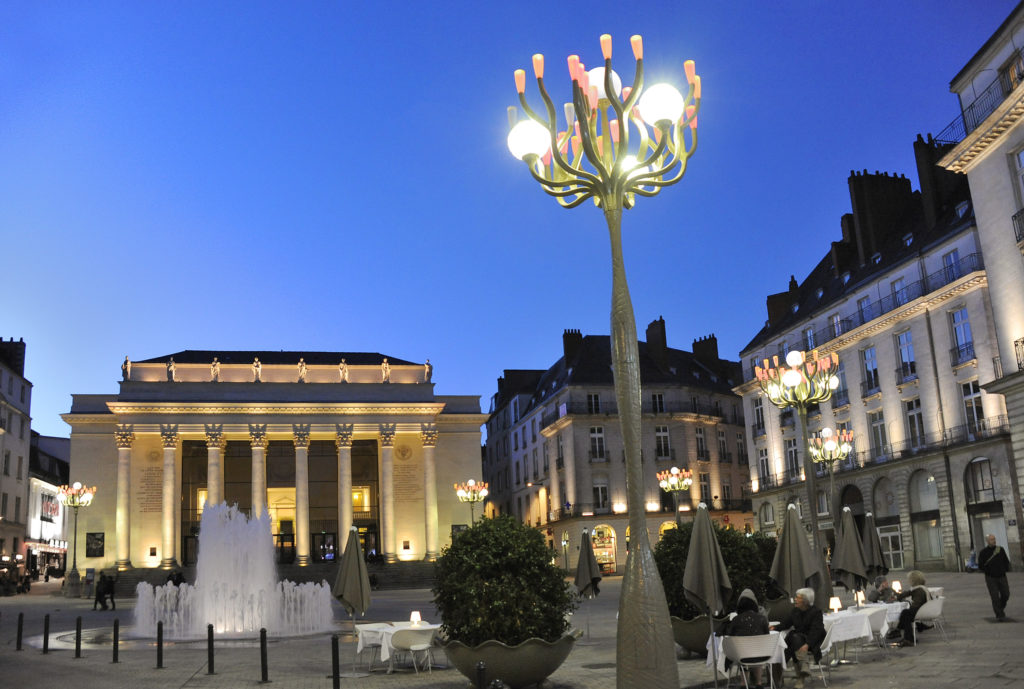
Artistic installations in public places seem to spring up overnight: one day you will see a team of workers with drills and cranes positioning lengths of spike-ended timber into metal sockets; the next day their work becomes a huge porcupine on the banks of the Loire; admire the stunning facade of the 18th-century Theatre Graslin in Place Graslin with its seven Corinthian columns, return a day or so later and the portico could be back-dropped with multi-coloured, shimmering panels.
But the greatest achievement and success of modern Nantes has to be the Ile De Nantes Quarter which is an island, circled by two stretches of the Loire, on the southside of the city.
This is a vast, ongoing regeneration project on 350 hectares of land which formerly housed ship building yards, factories and warehouses. The set-piece is a huge arts and events centre, workshops and studios, strikingly accommodated in the frame of the ship building shed.
Elsewhere there are random open spaces, apartment blocks, hi-tech corporate buildings, picnic areas, bicycle tracks, wild gardens, cafes and restaurants.
The La Cantine du Voyage is housed in a temporary structure constructed from industrial greenhouses and represents great value for a bite: for around €10 you get a salad, chicken and potatoes, and glass of wine, or beer or a soft drink; the same menu will cost you €15 in the evening. There are more eateries nearby in what used to be a banana warehouse.
The star attraction of the island is the great mechanical elephant: 12 metres high, it carries 49 passengers as it lumbers around the open spaces, screeching and belching plumes of steam from its trunk. It’s a ‘creature’ which could have been invented by Leonardo da Vinci, or dreamed up, appropriately, by Jules Verne.
It’s not a one-off: a ‘zoo’ gallery in a hot house is inhabited by real plants and animals and visitors can ride a giant ‘insect’. Don’t worry, it’s all good fun and not scary or dangerous. Across the way you can ride on the most spectacular carousel, with its three levels representing the ocean floor, the water and the sea and boats.
The area takes on a new life at night, the atmosphere fuelled by the banter from bars, cafes and restaurants and some particularly attractive and ingenious lighting features. A great place to have a meal, or just a coffee or a glass of wine as you observe from the banks of the Loire.
Recommended to visit:
The Chateau Des Ducs De Bretagne. Known locally as ‘the castle’. It dates from the 15th century and is the last castle on the Loire before the river reaches the sea. There is a fine museum inside and there are audio guides. The courtyard is particularly attractive with a fine restaurant.
Jardin De Plantes. The city is well served by parks and gardens but this is the most interesting and impressive and admission is free. It is set in 7 hectares and boasts over 10,000 species. It is ranked in the top four of French public gardens and has an internationally acclaimed collection of camellias.
Cathedral of Saint-Pierre and Saint – Paul. This is a stunning building with dual towers and a massive knave which rises almost 40 metres – higher than Notre Dame in Paris. The interior is simple and elegant and free of ostentation.
Le Lieu Unique
This is another arts area on the conjunction of the river and an old canal near the Bouffay district of the Loire and should be on your itinerary. It is an arts centre, with a theatre, shops, bars and a restaurant in what used to be a biscuit factory whose eccentric tower is a city landmark
Trentemoult Quarter
Just across the river from Nantes and well worth visiting after a 10 minute ferry journey is Trentemoult. Originally a fishing village it is now a popular riverside marina with bars and restaurants, and is characterised by its brightly painted cottages with picket fences
Estuary arts trail
This is a highly recommended 60km river excursion from Nantes to Saint Nazaire. It takes about two hours and offers an excellent opportunity to appreciate the power and the beauty of the Loire as it snakes seaward, widening all the way, always revealing something different around the next bend. But it’s more than a pleasant river trip: the journey is enlivened by 29 large scale installations and sculptures and constructions on both banks; among the most quirky is a half-submerged house, a ‘sea serpent’ modelled from Wavin-type piping, a boat bent over the side of a jetty as if made of rubber and a pendulum swinging from a cement silo. (www.estuaire.info)
The only downside to this trip is that you have to spend a good few hours in Saint Nazaire which is not the most interesting place in Brittany; it was almost bombed to destruction during WW2 and is now largely characterised by bland 1950s and 60s boulevards. Oh, and don’t go on a Sunday, or you may find it difficult to find a restaurant which is neither closed nor booked out.
Pornic
Well worth a day trip by bus which takes just an hour. This is a very popular, attractive seaside town buzzing with life and with a great choice of restaurants. Some interesting walks and there is a British military cemetery minutes from the quayside.
Eating out
There are numerous restaurants of all types around the city to meet varying tastes and pockets, with what appears to be a disproportionate amount of crepe and pizza eateries, probably catering for the huge population of students. For what it’s worth I will recommend four restaurants:
La Cigale in Place Graslin. This is not a novel choice as it is a Nantes institution, its breath-taking, listed interior featuring 19th century ceramics and mosaics. This is very much a restaurant for a special occasion or perhaps your last night, with the immaculately-clad waiters and waitresses in their black livery and long, white aprons adding to the period atmosphere. Not cheap, but not expensive by top fine dining Irish standards, and this is emphatically fine dining. Expect to pay €60 per head with wine. Booking essential.
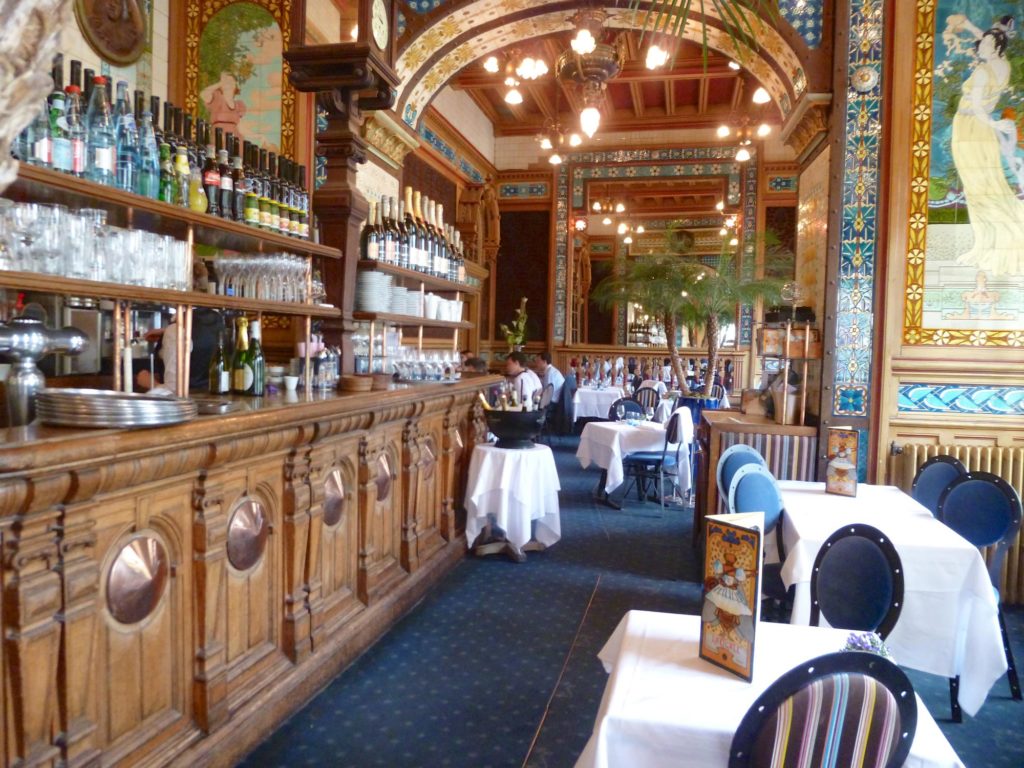
Le Select on Ru du Chateau. An ordinary looking bistro from the outside but with a distinctly eccentric interior décor bordering on the kitsch. Good selection of dishes at reasonable prices.
Les Oubliettes, the restaurant in the courtyard of the Chateau Des Ducs De Bretagne. Lunch only, but great atmosphere and good, reasonably priced food. A sun trap and magical on a nice day – you won’t want to leave.
Restaurant le Lieu Unique, the restaurant in the Le Lieu Unique Arts Centre. Large, Informal and reasonably priced with also tables outside facing the canal. No booking. Gets busy, arrive by 7.30.
More information
There are three tourist offices in the centre of the city, but you can get more information by visiting nantes-tourisme.com.
Email: [email protected]
Tel: 0033 272 640479
Passe Nante
You can buy a Pass Nante for one, two or three days , which will save you plenty if you intend using public transport frequently and you are interested in visiting as many historic attractions as possible. You can buy these passes at any of the tourist offices.
Accommodation
I stayed at the Park & Suites Elegance on rue des Petites Ecuries in the Bouffay quarter, literally yards from the Bouffay tram stop. This is a basic, clean and very reasonable, no-frills hotel where you can get a twin bed or double and breakfast from around €60 pps a night including breakfast. Recommended. (Tel: 0033 228081020).
Nantes Tourism will provide you with a full list of accommodation choices. Ask about the special three nights for the price of two package which they organise.
Getting there
Aer Lingus (aerlingus.com) and Ryanair (ryanair.com) fly from Dublin to Nantes. A shuttle bus runs from the airport to the city centre every 20 minutes.
John Low is editor of Senior Times magazine

